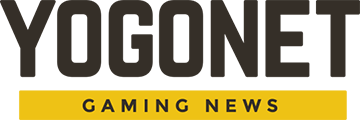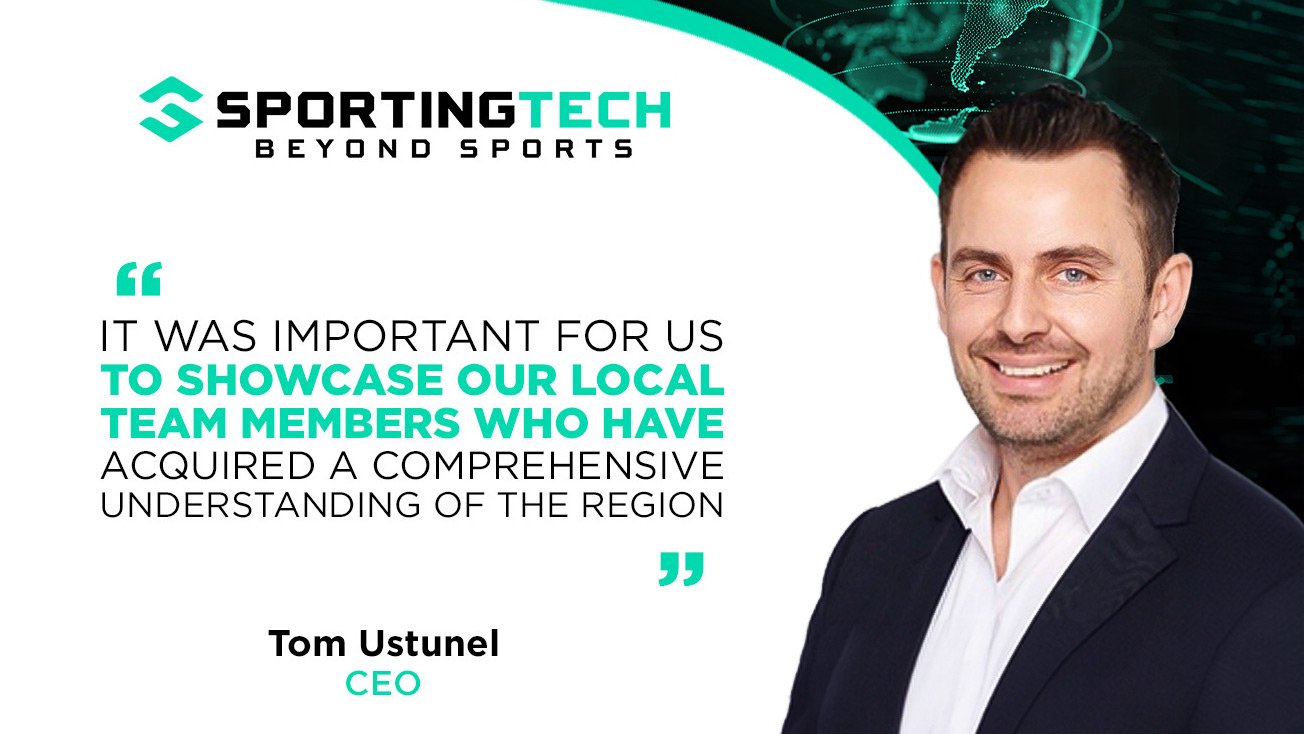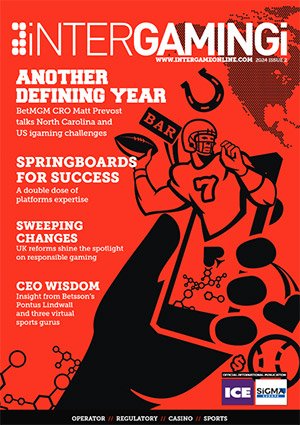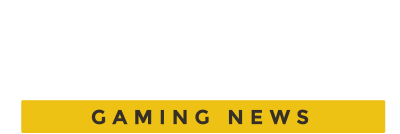Altenar analyzes the importance of regularly refreshing sports betting software

Altenar CEO Stanislav Silin has analyzed the concept of delivering sports betting software providing key insights into the B2B relationship and sharing his company's experience.
He told SBC News that operators entering a partnership with a supplier not committed to ‘regular refreshes’ of the software, or not wanting to build their own platform from scratch, will “always be a hostage of the legacy offering.”
Having built V1 of its platform back in 2010, Altenar reached a point where it needed to modernise the software rather than maintain updates solely to the older code. A few years on, V2 of the platform was soft launched to a select quota of its partners in April 2020 as Altenar looked to “serve operators on a global level in a more efficient manner”.
“I'm not saying this is going to be the platform we will stay on for the next 10 years,” said Silin. “But we’ve worked in certain additional modularity so that it is easier to migrate or expand to refresh the tech in a few years' time.”
He said 15 to 20% of its partners have moved on to the new platform, and this will unfold in 2021 based both on the best time for the migration from the operator's perspective, and also the providers as many operators are working with a different company for the player account management platform (PAM). For this reason, Altenar is still working on both platforms for now, both in terms of updating coded features and maintaining test house evaluations. “At some point, we will obviously stick with the V2 platform and expand out to all markets,” Silin said.
When asked whether this was a pull on resources for the company having to maintain both V1 and V2 of the platform, he said "it's been like that for the past two years, and we've grown nonetheless. So we're kind of used to it, investing in the new tech whilst maintaining the existing one. So it's not a paradigm shift for our development teams.”
“The reason why I'm being vague on timelines (for onboarding all partners) is because, as I said, it does depend a little bit on the operators and we don't want to put hard deadlines on them at the moment," he continued.
Silin also brought in Konrad Pizzuto, Director of Technology Operations at Altenar, to expand upon the key changes and client benefits for running off the new platform. "So for instance, the new platform has margin management that has the ability of setting separate odds for those cases when necessary, completely separate from what the default would be,” said Pizzuto. “That's something that didn't exist in the previous platform. And there is also an improved content mapping tool that allows us to connect as many content and odds and data providers, mixing and matching what we need.”
Silin said that this need to work with multiple odds feed providers is another reason in favour of buying software from a specialist sports betting provider rather than building your own, as going it alone “doesn’t take away the necessity of dealing with all these providers”.
However, the advantages of the new platform are not just those most visible to the end user such as integrated third party content and a wider breadth of odds. “One of the less visible benefits of the new platform is it is more geographically scalable,” Pizzuto explained. “It is served much closer to where the people are using it."
“There are also lots of underlying architectural implications to the way it was built. Something that should pay off in the longer term, for example, is a shift to the way applications are deployed. So we now run most portions of it in the Kubernetes open-source system," he added. “The agility that comes with the technology we’ve integrated means we can respond to feature requests from our partners more rapidly.”


















































